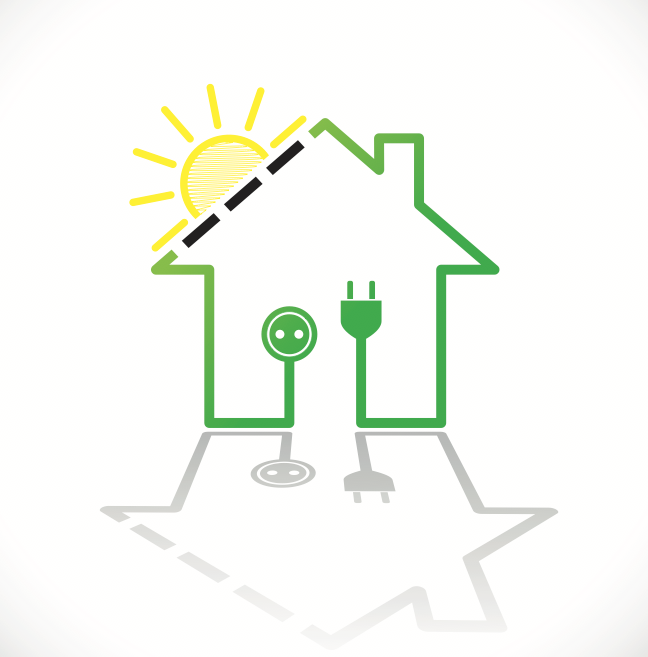We don't want to rush things, but summer is a good time to start thinking about your off-season solar marketing strategy. After all, as hard as it is to imagine, summer will soon turn into the fall, and before you know it, your sales team will be ramping up for the big off-season push.
With that in mind, we want to pass along some suggestions for getting a head start on this important activity.
 Understand Industry Trends
Understand Industry Trends
Your team needs to immediately take a high-level view of the overall solar market and consider how these changes will affect your business model, product offerings and sales approach. For example, research suggests that tear-over-year growth in the residential solar sector (60%) outpaced the overall U.S. market (41%) for the first time, driven by an increase in the availability of third-party financing and the rapid expansion of established market leaders. This, of course, is good news and suggests that some firms may want to transition resources more towards residential, rather than commercial solar products.
Catch Up With Your Partners
The aforementioned news, which suggests that residential solar growth can be attributed to an increase in third-party financing, suggests that firms need to pull up with their financing partners to ensure they're getting the best deals for their customers possible. It also means revisiting manufacturing, equipment and installation costs to see if any savings can be passed along to customers. Now's as good a time as any to start this process.
Revisit Obstacles to Conversion
Ask your sales team: What prevents prospects from converting? Generally you'll get one of two answers: price point or lack of perceived value. Therefore, work with your team to anticipate any objections and build these taking points into sales collateral. This is where those first two steps come into play: if you can negotiate more favorable deals with financing partners or reduce operational costs you can provide a more affordable product. Similarly, if prospects still don't "get" the value of solar, you'll need to work hard by optimizing your toolkit of inbound marketing deliverables: white papers, FAQ documents, informative blog posts, landing pages, customer testimonials, etc.
Optimize Your Plans
Here is when all the pre-planning becomes operational across your sales workflow. For example, create or revisit your editorial calendar and content marketing strategy so content is delivered in a structured manner. Identify who is writing what and how often blog posts are published. Revisit your social media footprint to make sure you're getting the most bang for your buck (e.g. Facebook? Yes. Pinterest? Not so much.) Make sure specific inbound marketing deliverables map to a prospect's location in the customer purchasing funnel.
Modify or Rollout New Promotions
OK, so you now understand the changes in the solar market and how it affects your business. You've streamlined your relationships with key partners. You have better insights into obstacles to conversion and you've created the plans to drive these conversions. Next up is to formulate other deliverables, such as promotions, contests, live events and social media campaigns to drum up more awareness and attract prospects. For a closer look at these types of strategies, check our out post on the topic here.
Now we'd like to turn the conversation over to you. Has your firm started to think about your off-season solar marketing strategy? If not, when do you first address this challenge? What other components, besides what we've talked about it, are part of this discussion?






